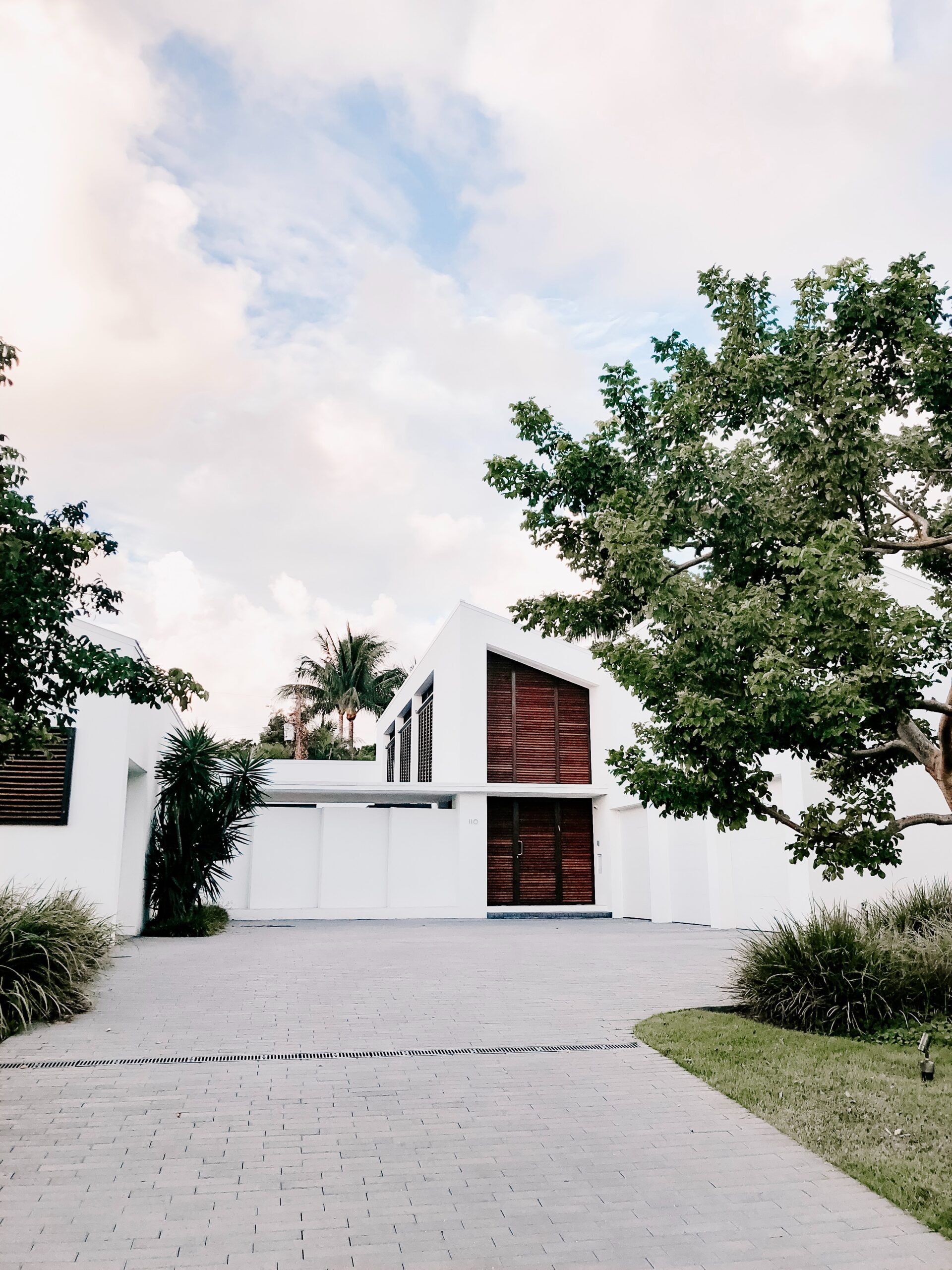Amazon has announced it is rolling out a new initiative aimed at the Smart Lifespace market called Amazon Sidewalk.
Sidewalk aims to extend the working range of low bandwidth and low power devices that customers are installing at home. These include smart objects such as sensors and lights. The initiative will use the 900MHz spectrum and enable the range for such devices to be extended to up to half a mile (1 kilometre). Amazon says this will allow customers to place such devices anywhere on their property – down driveways and in gardens, for example – knowing they will work, even in areas that WiFi and Bluetooth can’t currently reach.
Amazon argues the benefits of its approach extend beyond being able to use such devices further away from the home router, adding the ability to control devices from further away and enabling them to be more easily updated and secured.
Amazon’s vision is to herald in a new generation of smart lifespace applications and devices such as sensors in mailboxes that tell you when you’ve got mail and water sensors that tell you when it’s time to water your garden (or specific parts of your garden or even individual plants). This week they announced an early application of Sidewalk in the form of a compact, lightweight device called Fetch that clips onto your pet’s collar to alert you if it wanders outside the perimeter you’ve set using the Ring app.
Amazon employees and their friends and family have already conducted tests using 700 Ring lighting products on 900MHz connections, which combined to deliver a secure low-bandwidth 900MHz network for Things that covered much of the Los Angeles Basin. Amazon says this neighbour-created network demonstrates the potential of Amazon Sidewalk – a broad coverage network that is great for low-bandwidth and low-cost devices, and which requires no complex set-up or maintenance by customers.
Devices such as Fetch will act as reference designs to demonstrate the potential, with Amazon publishing design protocols that any manufacturer can use to innovate on Sidewalk. Amazon says this could stimulate a whole new generation of realtime, location-based, low-power IoT devices for the smart lifespace and beyond.
Omnisperience view
Amazon has cleverly inserted itself into an interesting gap in the IoT market. Whereas many of the low power IoT providers have targetted the corporate market, or require the user to be able to develop their own applications, the smart lifespace represents a significant opportunity but only if devices work in the way people need them to and are easy to set up. Amazon has a lot of experience here in terms of its smart speakers and other connected devices, but it recognised a limitation – that its devices are limited to the silo of the home and the extent of the WiFi network. By breaking out beyond this silo Amazon will open up a wide range of opportunities for itself and other vendors.
Sidewalk is targeting applications that households feel passionate about and spend money on – such as their pets and the plants in their garden. Whether it’s securing sheds, or alerting them that a plant needs watering or protecting from frost, gardening and pets and both big business. While mobile can connect Things in most locations, it’s an expensive option and mobile service providers simply haven’t made it easy for developers or customers.
We believe this is Amazon giving notice to service providers to either accelerate focus on customer use cases and open up to developers, or watch it start eating even more into what should be their market. Critically, Amazon has the customer-centricity and ability to sell and support devices that many communications service providers lack.
Post: B2C – why there’s no such thing (and what you need to do about it)



